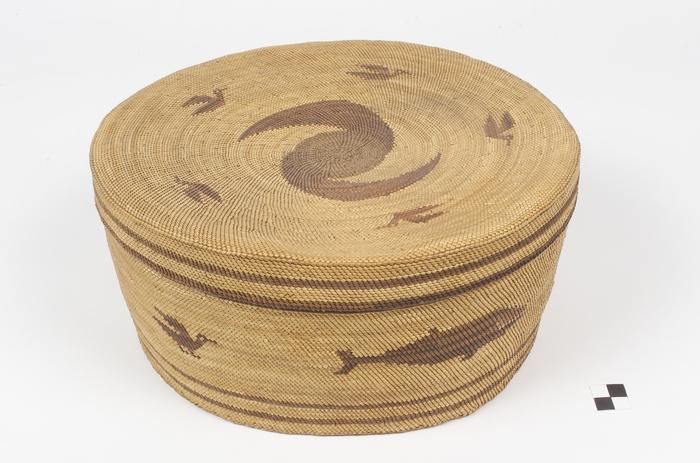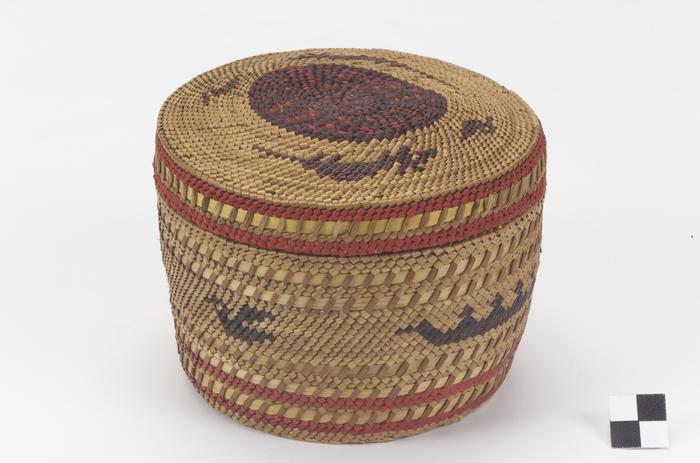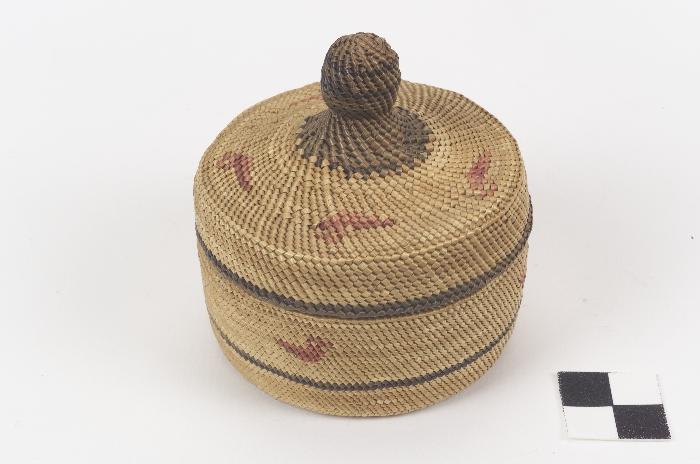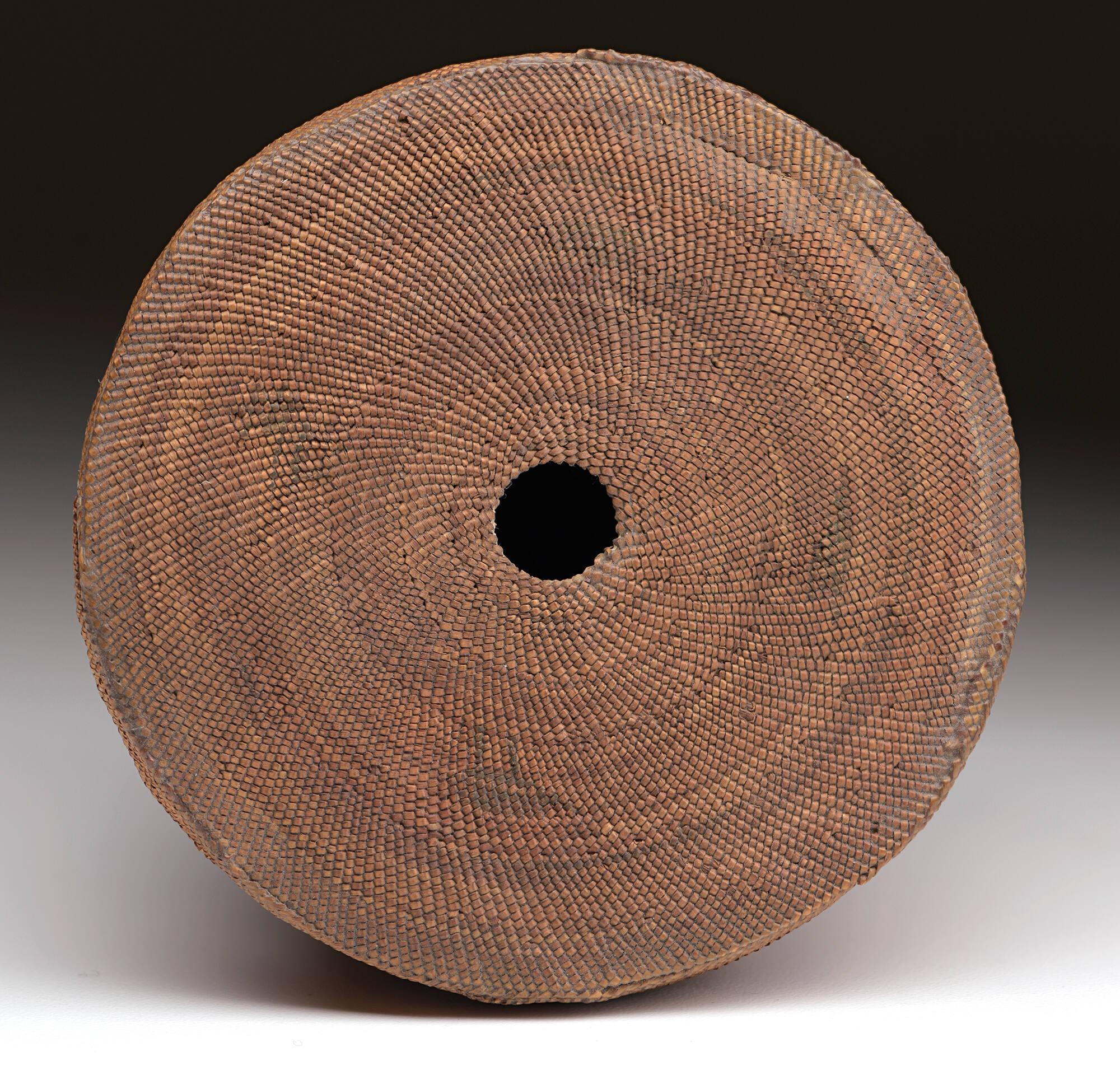General admission for children 17 years and under is always free
The Macknight Room entrance lies just across the Courtyard from the fountain on the Isabella Stewart Gardner Museum’s first floor. It is a room full of treasures, making it easy for viewers to overlook individual items. On the left side of Isabella’s desk, just behind the blue lamp, there is a small basket. Although unobtrusive, this basket is unique in Isabella’s collection: it is the only object in the museum identified as Indigenous North American.
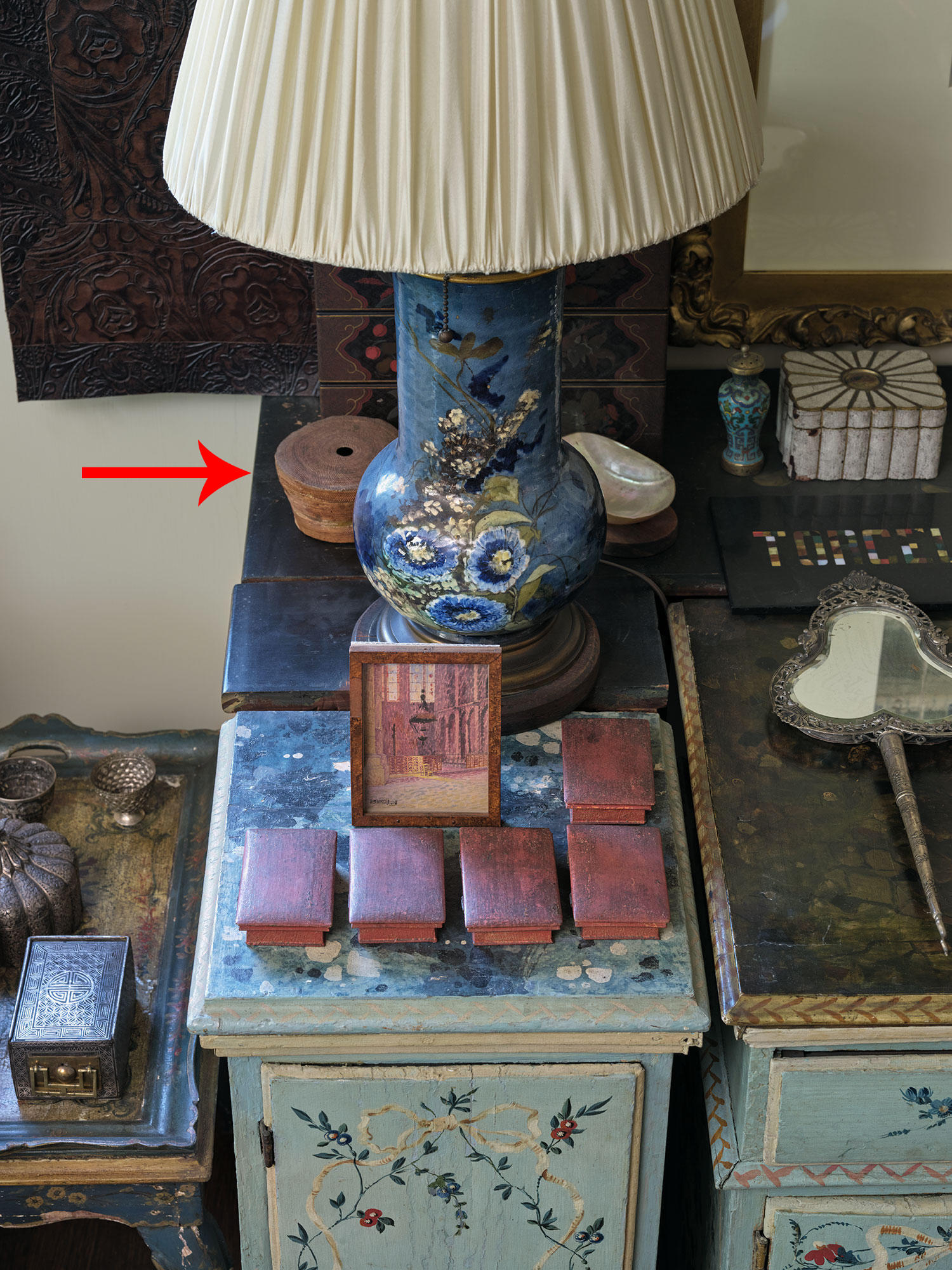
Isabella Stewart Gardner Museum, Boston. Photo: Sean Dungan
The Collections team at the museum wanted to learn more about the basket’s origins. Object records state only that Isabella acquired the basket prior to 1924. One theory is that she may have purchased it during her 1881 train journey across the American West, which took her through the territories of many American Indigenous peoples—including in present-day New Mexico, Arizona, and California.
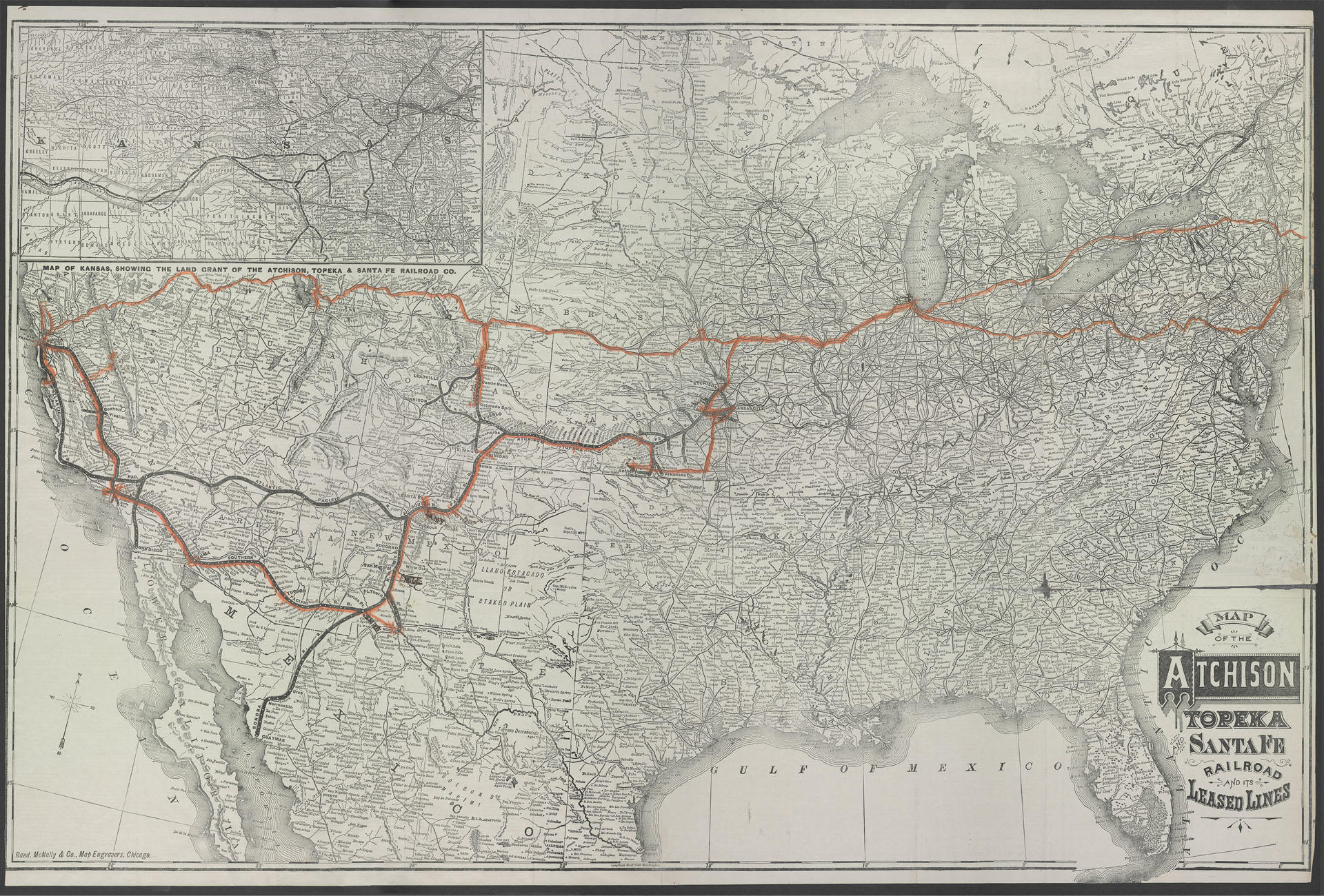
Isabella Stewart Gardner Museum, Boston (ARC.010023)
Rand McNally and Company (American, founded 1856), Map of the Atchison, Topeka and Santa Fe Railroad and its Leased Lines, showing Isabella and Jack Gardner's route across the American West, 1881. Engraving with handwritten notations in crayon and ink, 61.9 x 94 cm (24 3/8 x 37 in.)
Help from Experts
We consulted leaders and experts from Tribal Cultural Centers and Councils and researchers specializing in Native American art from several museums who visually identified the basket as Makah, Quinault, or Quileute —coastal tribes from the Olympic Peninsula in present day Washington State who have similar weaving styles. Several features of Isabella’s basket support this identification: the object’s size and shape, the weave structure, and decoration.
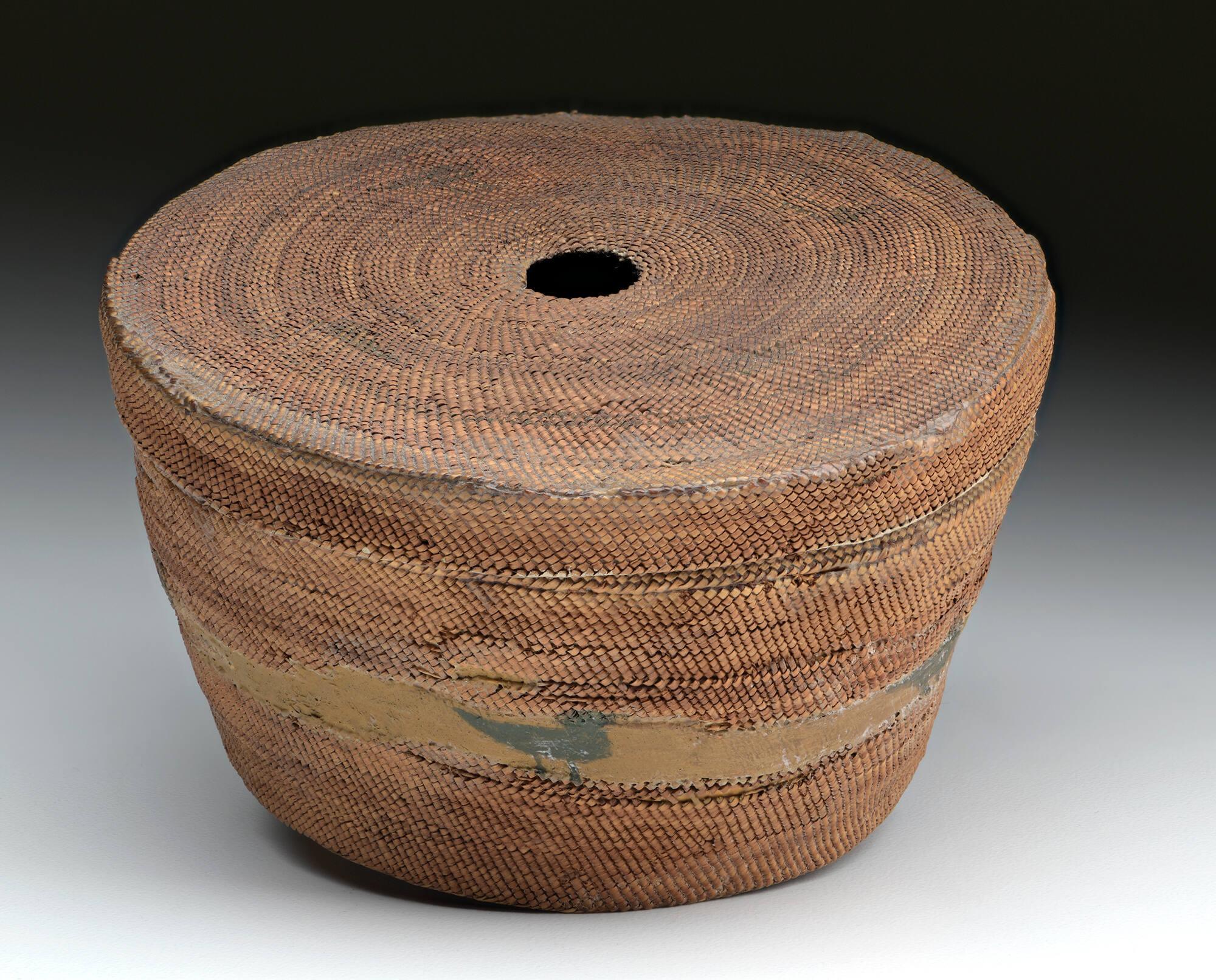
Isabella Stewart Gardner Museum, Boston (U11n12.a-b). See it in the Macknight Room.
Native American, possibly Makah, Quinault, or Quileute, Basket, 19th century. Woven grass and cedar bark, 5.4 x 10.5 cm (2 1/8 x 4 1/8 in.)
Weavers from the Pacific Northwest often decorated their baskets with dyed bands of color and motifs of canoes, whales, and isolated birds (as with the museum’s basket) in the mid-center wall.
The Gardner Museum’s basket originally had a woven knob on the lid, which has broken off, leaving a hole.
A Scientific Investigation
To help corroborate these identifications, the Gardner Museum’s conservation staff took a tiny sample of the basket fiber—a quantity the size of a pinhead. This allows conservators to examine the fiber structure under a high-powered microscope and determine the plant species. Unfortunately, our reference samples did not provide an exact match to the basket fiber, so we contacted an expert in fiber identification.
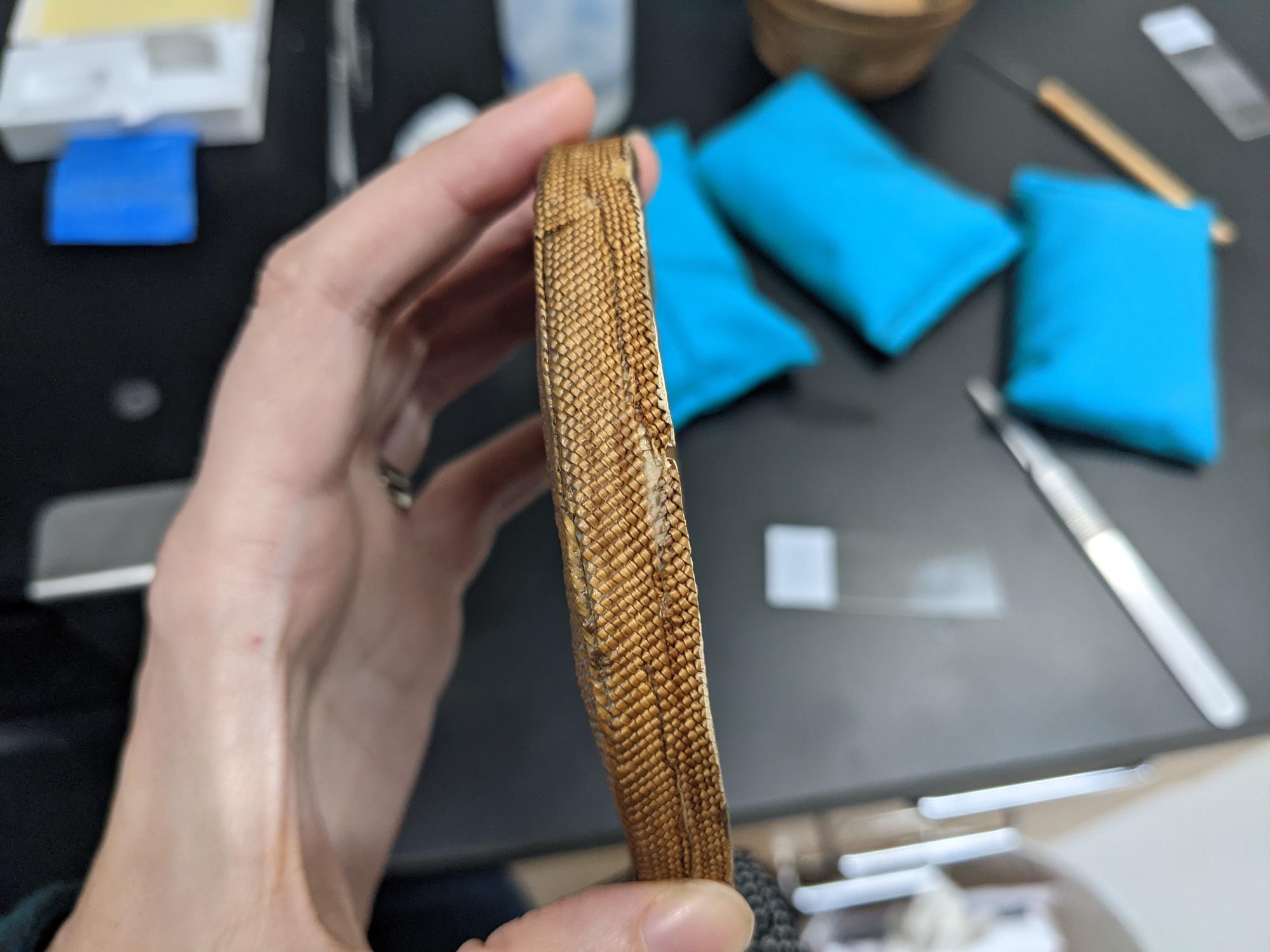
Debora Mayer, the Helen H. Glaser Conservator at the Weissman Preservation Center at Harvard University, noted that the granules in our microscope images appear to be silica and that tiny hairs seem to be present—both common features of certain types of grasses. Bear grass is one of the primary materials of baskets originating from the Northwest Coast, so this discovery reinforces the theory.
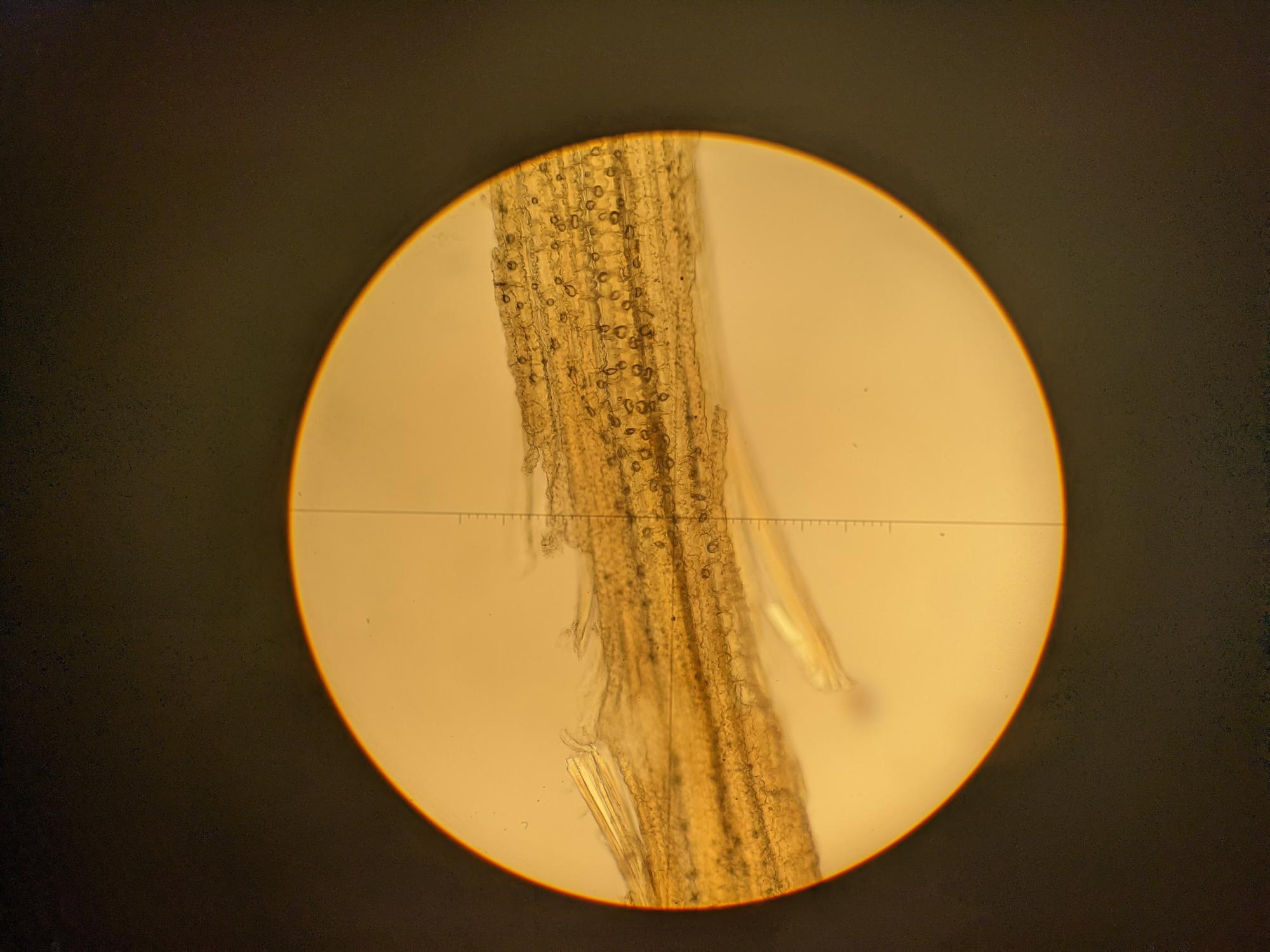
More Answers, More Questions
Our research so far has been rewarding, but we are left with some unanswered questions. Who wove the basket, and when and where did Isabella acquire it? Traditionally, basket weavers of the Olympic Peninsula are women who have learned their skills through intergenerational knowledge shared by elder family members, friends, or tribal neighbors. Weavers often place their own signatures or insignias in the weave of a basket—sometimes in the pattern or the way a basket is started, turned, or finished.¹ Despite the unique ways weavers work, we haven’t been able to identify the individual who made the Gardner Museum’s basket.
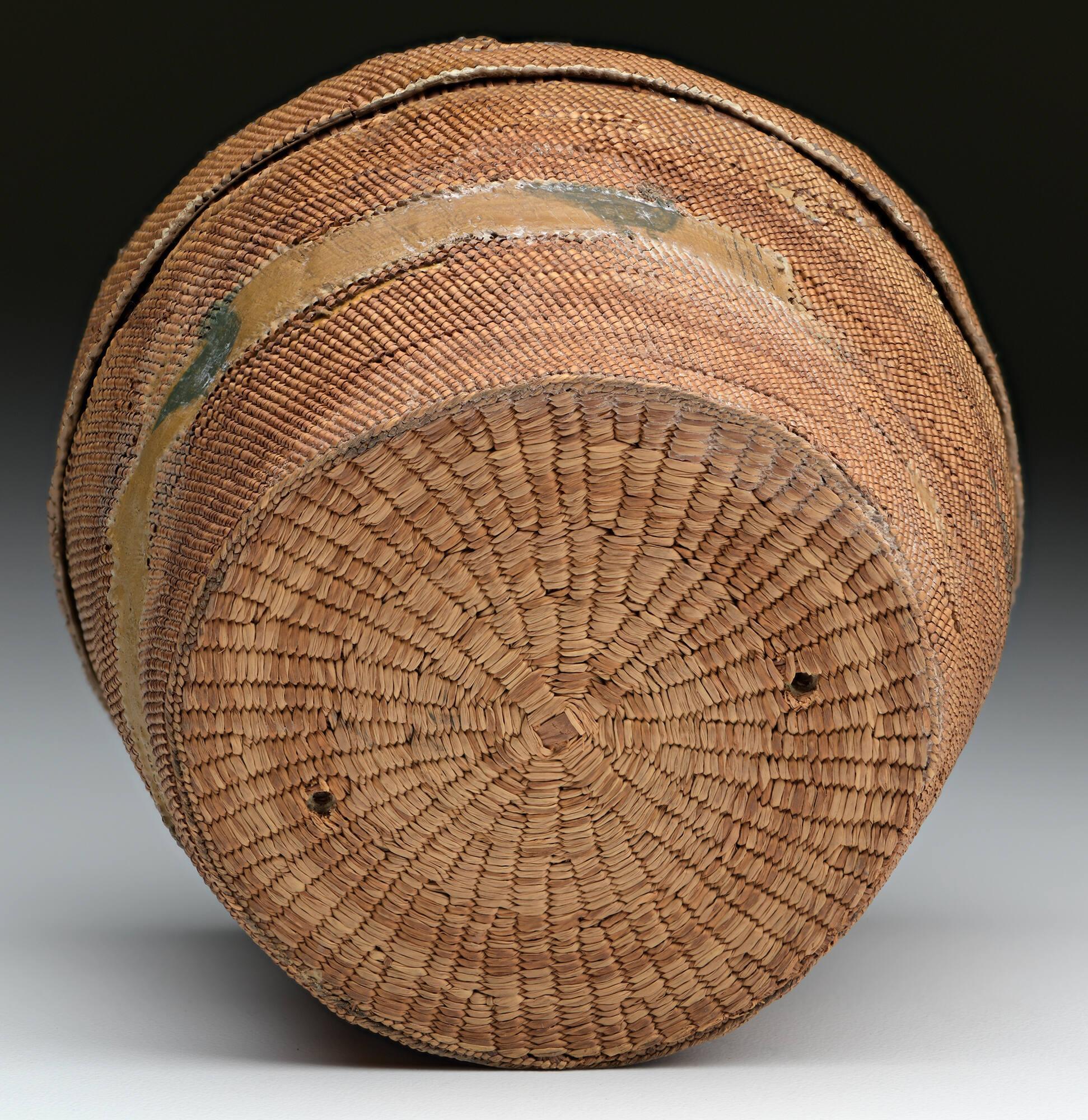
Isabella Stewart Gardner Museum, Boston (U11n12.a-b). See it in the Macknight Room.
Native American, possibly Makah, Quinault, or Quileute, Basket, 19th century. Woven grass and cedar bark, 5.4 x 10.5 cm (2 1/8 x 4 1/8 in.)
In the late 19th century, weavers made small baskets for sale to tourists in Vancouver and Seattle, but Isabella’s travels through the American West only extended as far north as San Francisco. Perhaps Isabella did not buy the basket herself. Maybe it was given to her by a friend, like many objects in the Museum’s collection.
Next time you visit the Macknight Room, try to catch a glimpse of this little object. It exists as a testament to the breadth of Isabella’s collecting interests, and its placement alongside the other keepsakes on and inside Isabella’s desk suggests that it had personal significance to her.
The Museum would like to thank Rebecca Andrews (Collections Manager, Burke Museum, University of Washington), Tootie James (Curator and Archivist, Quinault Tribal Museum and Cultural Center), Rio Jaime (Treasurer, Quileute Tribal Council), Janine Ledford (Executive Director, Makah Cultural and Research Center), Dr. Judith Sayers (President, Nuu-chah-nulth Tribal Council), and Marina Tyquiengco (Ellyn McColgan Associate Curator of Native American Art, Museum of Fine Arts, Boston) for sharing their expertise and/or consulting with weavers to examine photographs of this basket.
¹ Jacilee Wray (ed.), From the Hands of a Weaver: Olympic Peninsula Basketry Through Time (University of Oklahoma Press, Norman, 2012), pp. xv, 57–8.
